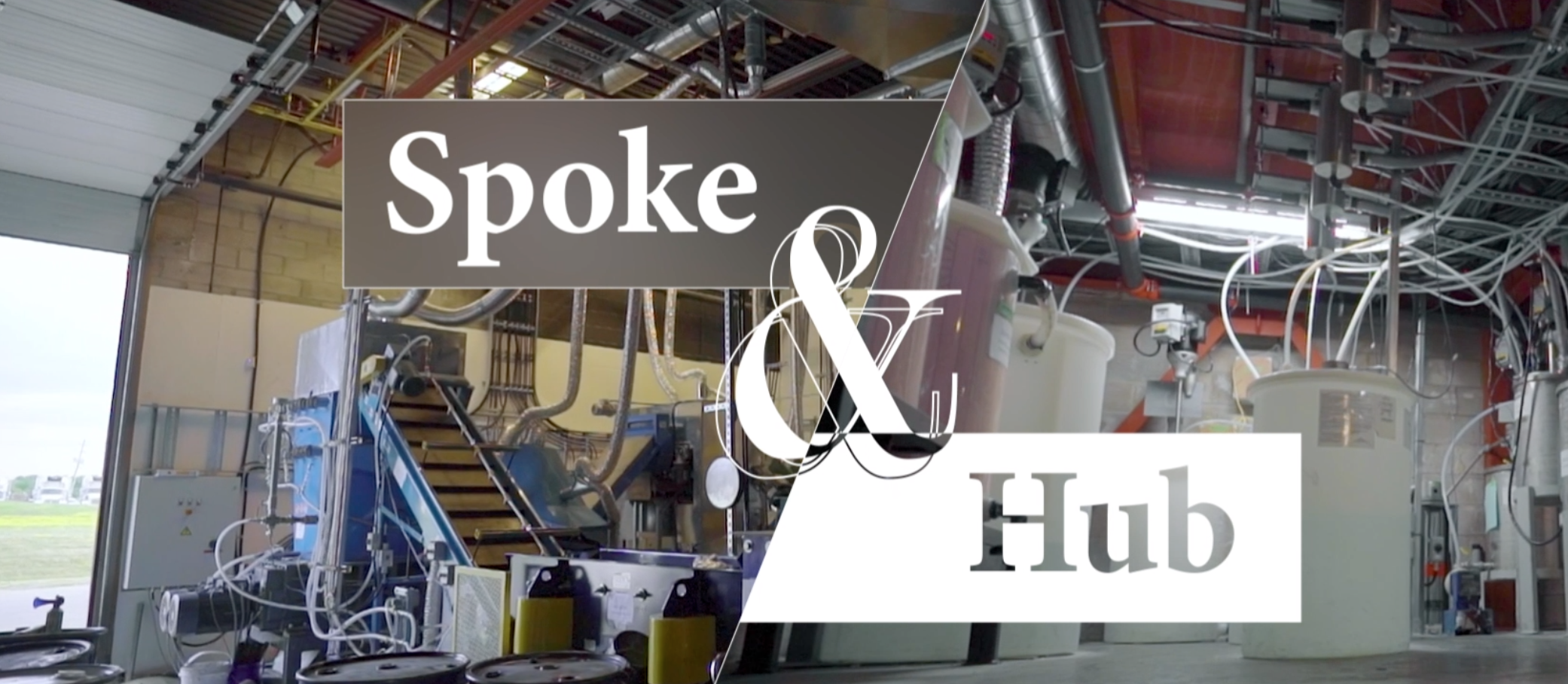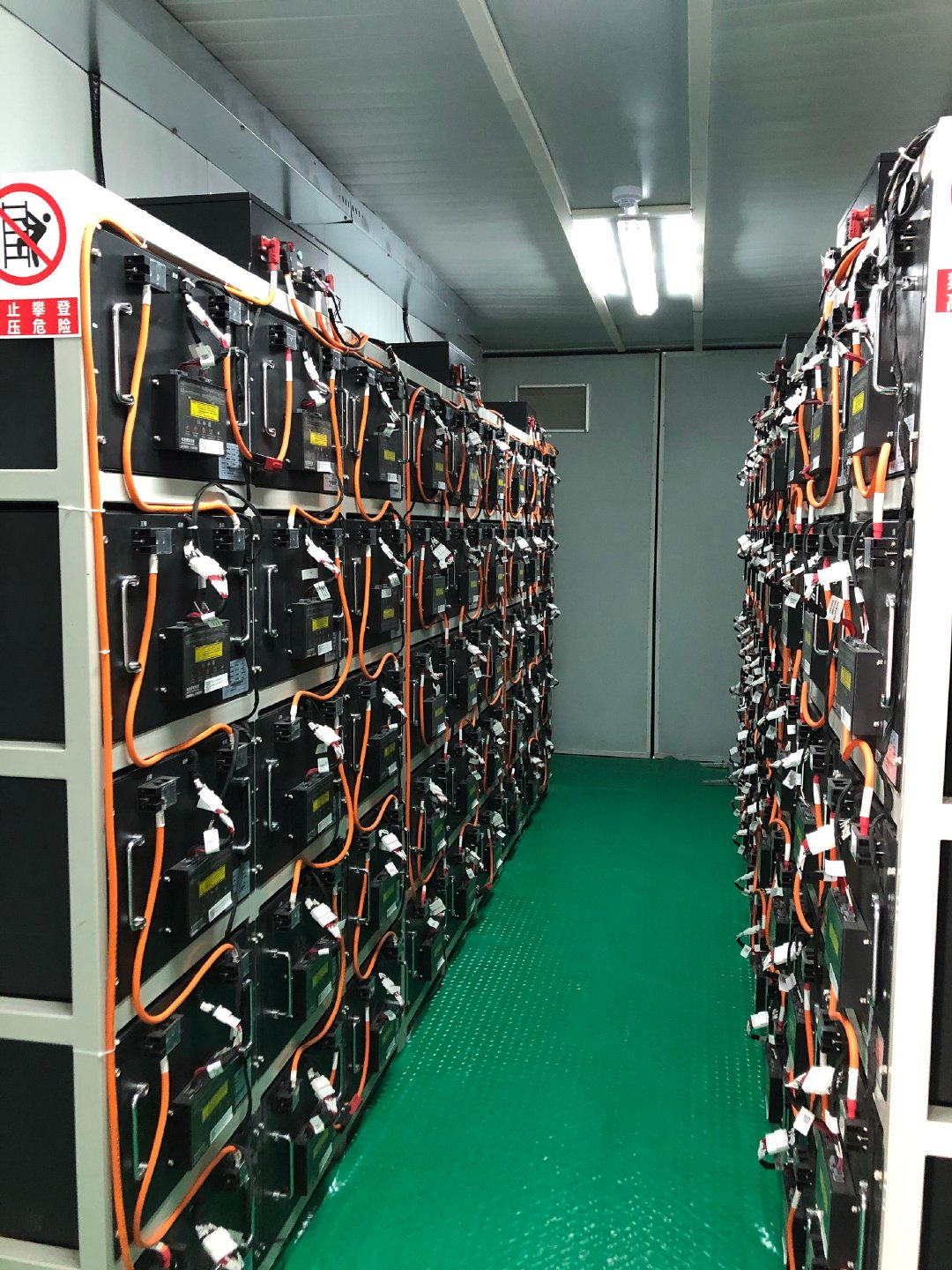May 14, 2021
2457
The most troublesome part of new energy vehicles is the battery. Not only need to take into account the life, performance and safety of the battery, but under the supervision of various national institutions, the recycling of the power battery of new energy vehicles is also an indispensable part. . Elements such as nickel and cobalt in lithium batteries will cause considerable environmental pollution, and these materials are also commonly used metal resources in power batteries, so recycling is a win-win choice. According to Market Research Future, the electric vehicle battery recycling market will reach $3 billion in 2025.
Ultium Cells, a joint venture between LG and GM, recently announced that they will start battery recycling at the end of the year. They will cooperate with Li-Cycle, a Canadian lithium battery recycling company, to provide battery production waste for Ultium Cells' first battery plant in Ohio. Recycling.

Li-Cycle is the largest lithium battery resource recycling and lithium battery recycling company in North America. The company is currently building a third car battery recycling plant in Arizona, USA. After completion, the annual recycling capacity can exceed 20,000 tons, double the current level. The Ultium Cells plant in Ohio is a battery plant with an annual output of 35GWh, and a second battery plant with the same 35GWh is still under construction. The latter has invested 2.72 trillion won and is expected to reach expectations in the first half of 2024. Capacity. Combined with Ultium Cells' production capacity, LG can provide 145GWh of production capacity per year, enough to meet the supply of 2 million vehicles.
Although Li-Cycle also has a battery recycling business, Ultium Cells has not signed a battery recycling cooperation with it. Instead, it focuses on the recycling of waste from battery production, which is also the first step in the closed loop of lithium battery recycling. According to the data given by Li-Cycle, through this cooperation, 100% of battery production waste can be recycled and converted into usable materials such as lithium carbonate, cobalt sulfate and nickel sulfate, 95% of which can be used for the production of new batteries or related industries . In this way, not only can the supply of available battery materials be increased, but also the demand for mining can be reduced.

However, the recycling of production waste is only the first step in the recycling of car batteries. How to recycle the internal batteries of a car after it is sold? Take BYD as an example. BYD will fully recycle this battery. After testing, if the battery attenuation falls within the usable range, it will be reused in BYD’s home energy storage or charging station after the cascading transformation, or handed over to China. Enterprises such as the iron tower are used as energy storage equipment for infrastructure. If it has been scrapped and is unusable, it will be dismantled and recycled raw materials. For example, the cascade energy storage power station built in Ningbo, Zhejiang Province last year used BYD’s E6 retired lithium iron phosphate batteries to achieve an energy storage capacity of 900 kWh and a maximum output power of 300 kW.
Internationally, BYD cooperates with Japan’s ITOCHU Corporation and Shenzhen Plant Energy Storage Technology Company. Plant is responsible for testing. ITOCHU purchases the batteries that have passed the test and transforms them into large energy storage units for new energy power plants. .
Ningde Times Holdings' Bangpu Cycle also provides it with a strong car battery recycling capacity. According to the data provided by the Ningde Times official website, it can achieve 120,000 tons of waste battery processing capacity, and the recovery rate of nickel, cobalt and manganese metals can reach 99.3%. , In the domestic recycling of used batteries accounted for 51%.
In order to further increase the mileage of cars, we have seen many technological innovations in major battery manufacturers, such as the de-modular battery packs of CATL and BYD. These technologies have improved energy density and production costs, but have also increased maintenance costs due to excessive integration, making it more difficult to transform the use of cascades. According to the "Management Measures for the Echelon Utilization of New Energy Vehicle Power Batteries (Draft for Comment)" issued by the Ministry of Industry and Information Technology, the design of the echelon product should adopt a structure and connection method that is easy to maintain, disassemble and disassemble, so as to facilitate its disassembly after it is scrapped. , Dismantling and recycling.
As a major country of new energy vehicles, my country has played a significant role in promoting the automotive power battery recycling market. Only a stable supply of retired batteries can ensure the profitability of recycling companies. ITOCHU Corporation stated last year that China is the only market that can ensure that production can be profitable. my country has also built a comprehensive management platform for the traceability of the national detection of new energy vehicles and the recovery and utilization of power batteries to trace, monitor and manage battery recovery. However, the profit margin of automobile battery recycling is still relatively small. In the absence of incentives and formal regulations, automobile companies will still use profit and balance when choosing lithium iron phosphate batteries and ternary batteries, or batteries with or without modules. Efficiency comes first.